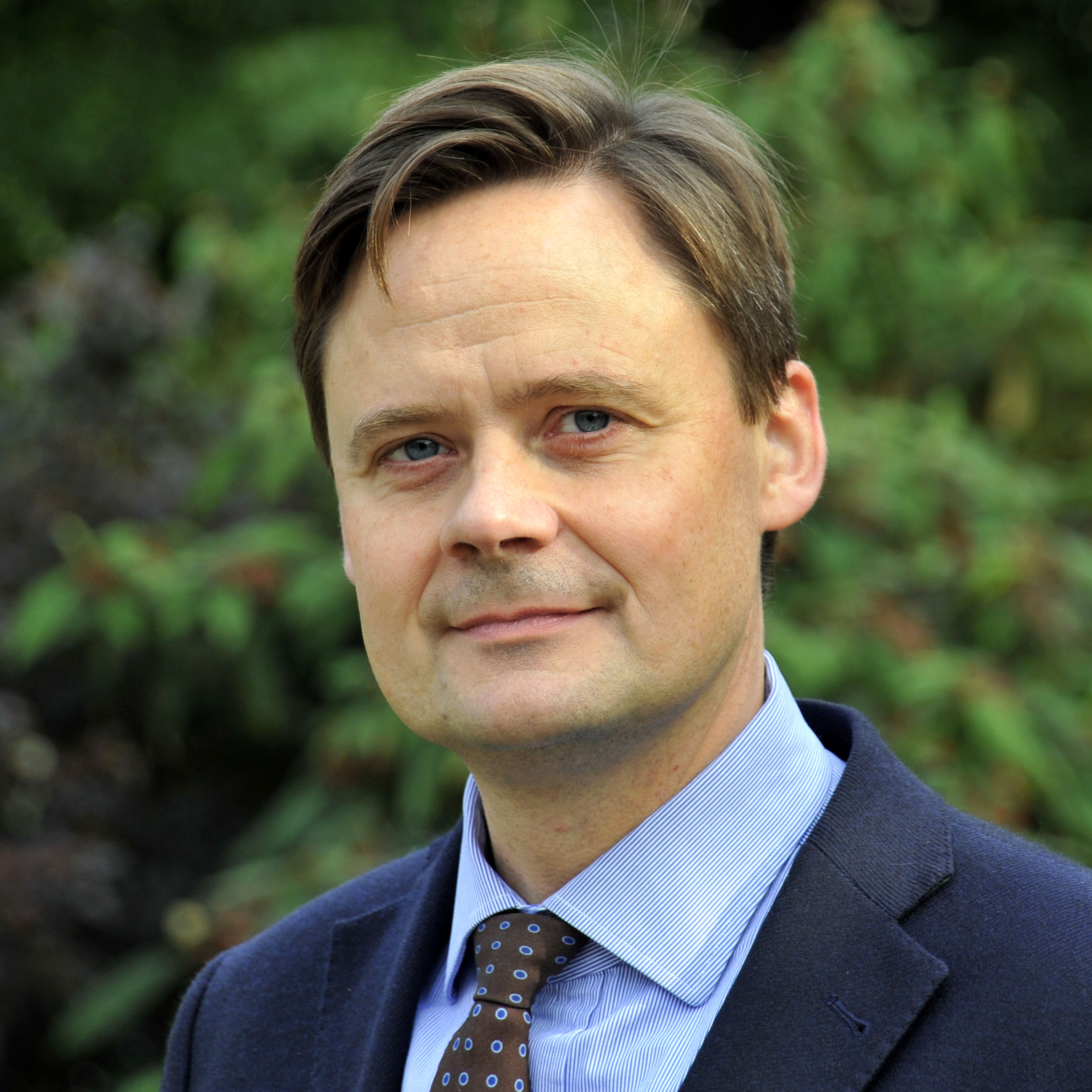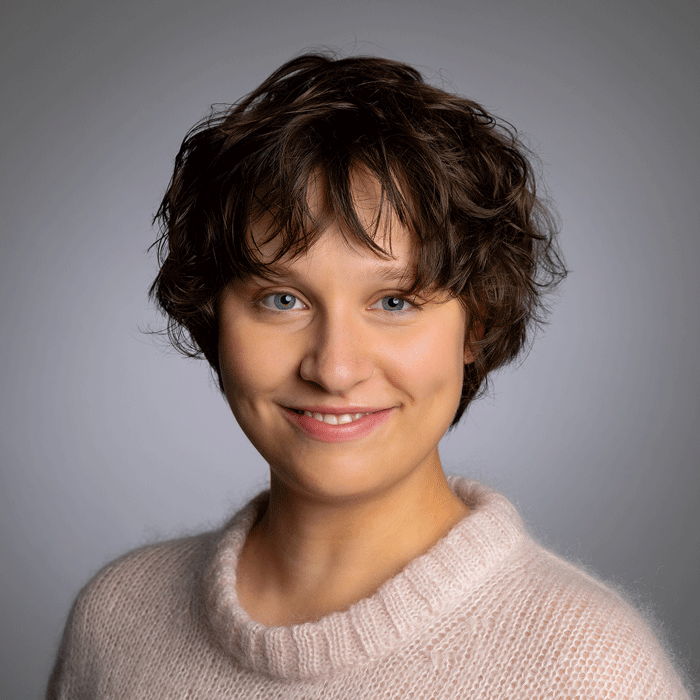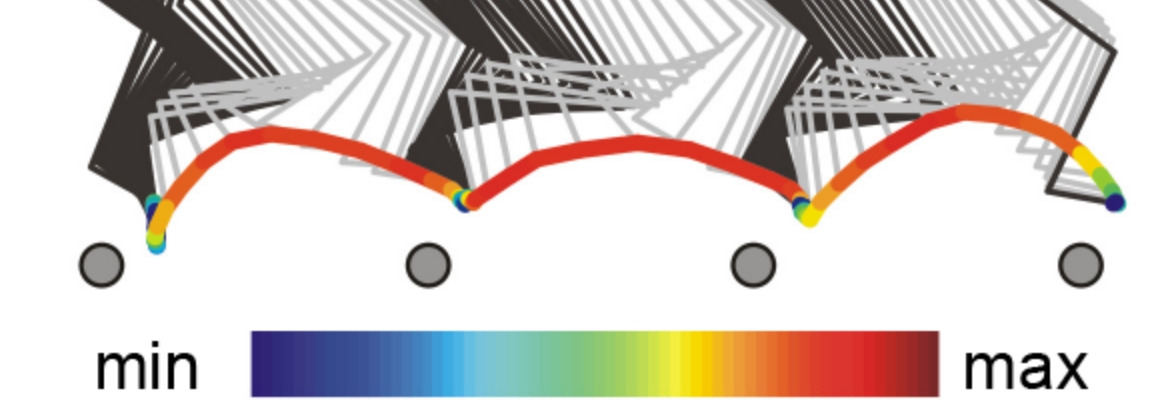In the first funding period, we have uncovered two potential mechanisms of spinal neuromodulation for gait restoration: the remote modulation of supraspinal networks with high-frequency cervical stimulation and the local modulation of leg muscles with low-frequency lumbar stimulation.
We will apply these two techniques in combination with gait rehabilitation training to promote motor recovery in animal models of Parkinson’s disease and stroke. Collaborations within ReTune will allow us to interpret network plasticity at the neural, MRI and histological levels and to identify the circuits responsible for gait recovery using pharmacogenetic tools.
These conceptual foundations will facilitate the design of future clinical trials within ReTune.
Team
-

Dr. Nikolaus Wenger
Charité – Universitätsmedizin Berlin
Project Leader
-

Prof. Christoph Harms
Charité – Universitätsmedizin Berlin
Project Leader
-

Prof. Matthias Endres
Charité – Universitätsmedizin Berlin
Steering Committee Member, Project Leader
-

Elisa Garulli
Charité – Universitätsmedizin Berlin
PhD Student
-

Lynn Guldin
Charité – Universitätsmedizin Berlin
PhD Student
-

Patrick Pollak
Charité – Universitätsmedizin Berlin
PhD Student
-

Dr. Leif Koschützke
Charité – Universitätsmedizin Berlin
Postdoc
-

Burçe Kabaoğlu
Charité – Universitätsmedizin Berlin
A03 Alumna
Publications
Prediction of Stroke Outcome in Mice Based on Noninvasive MRI and Behavioral Testing.
Adaptive Deep Brain Stimulation: From Experimental Evidence Toward Practical Implementation
- Prof. Julian Neumann
Rodent models for gait network disorders in Parkinson’s disease – a translational perspective.
- Dr. Nikolaus Wenger
- Elisa Garulli
- Burçe Kabaoğlu
- Dr. Michael Schuhmann
- Prof. Chi Wang Ip
- Prof. Christoph Harms
- Prof. Matthias Endres
- Prof. Ioannis Isaias
- Prof. Philip Tovote
- PD Dr. Robert Blum
Review-Emerging Portable Technologies for Gait Analysis in Neurological Disorders.
- Prof. Andrea Kühn
- Dr. Nikolaus Wenger
Algorithms for Automated Calibration of Transcutaneous Spinal Cord Stimulation to Facilitate Clinical Applications
- Prof. Andrea Kühn
- Dr. Nikolaus Wenger
Circuits for State-Dependent Modulation of Locomotion.
- Dr. Alejandro Pernía Andrade
- Dr. Nikolaus Wenger
- Prof. Philip Tovote
Somatostatin interneurons activated by 5-HT 2A receptor suppress slow oscillations in medial entorhinal cortex
- Prof. Christoph Harms
Experimental deep brain stimulation in rodent models of movement disorders
- Dr. Susanne Knorr
- Prof. Cordula Matthies
- Dr. Nikolaus Wenger
- Prof. Christoph Harms
- Prof. Chi Wang Ip











